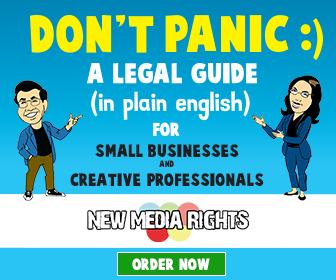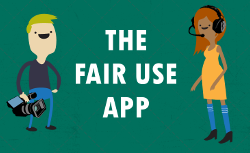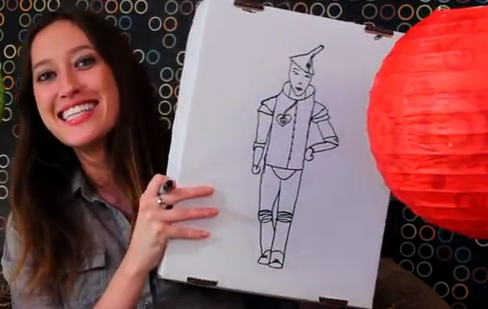What to do when you've received a DMCA section 512 takedown notice from your ISP, webhost, or a website
Submitted by New Media Rights last modified Sun, 02/24/2008 - 5:30pm
Unfortunately, this scenario is far to common these days. Content companies abuse the takedown notice process to chill legitimate speech.
The following guide, from the Fair Use Network, is provided for the users and creators who have received a DMCA section 512 "takedown" notice. It could be from your ISP, your web hosting service(Laughing Squid, GoDaddy, etc.), or even from a website service where you placed your content. They've got slick attorneys writing intimidating letters, but take a deep breath and find out what to do below
Introduction: A guide to assessing & responding to DMCA §512 Takedown Notices
"Takedown" notices are sent by individuals or organizations, or their attorneys, to Internet service providers (ISPs), asking the ISP to remove material or a link to material that the letter claims is an infringement of copyright. Takedown notices are specifically authorized by Section 512 of the Digital Millennium Copyright Act (the "DMCA").
Most commercial webhosts and search engines will comply quickly with a takedown. The owner of the targeted material can, however, sometimes get the material restored online. These pages will assist people targeted by takedown notices to understand the process and determine how they can respond.
Section 512 strongly encourages ISPs to comply with a takedown notice by providing them with a "safe harbor" - immunity from secondary liability for copyright infringement - if they "expeditiously" remove the tageted material. Section 512 has separate provisions for different kinds of ISPs, including access providers; caching functions; hosting services; and search engines. Section 512 doesn't require any court decision that material is actually infringing before a rightsholder can send a takedown notice.
Receiving a takedown notice, or being targeted by one, can be a frustrating experience. Typically, a user finds out about the notice from her ISP, when she's told that the material is going to be taken down. The notice may not clearly state how her work infringes the other work - and it probably doesn't acknowledge any rights that she might have, like fair use. And the notice may not clearly explain what rights she does have to protest or challenge the removal.
Many users don't receive any notice. Search engines, for instance, are under no obligation to notify an individualbefore they remove links to his material in response to a takedown notice. It could be weeks or months before the user realizes her content has been de-linked, and she may never be able to figure out why or how.
A person whose material is targeted also has no guarantee that the §512 takedown notice will be the end of the matter. She may receive additional communications from ISPs up the line from her own that they have received takedown notices and are about to act on them. She may also receive cease and desist or demand letters directly from the copyright holder. And even complying with the demands of §512 takedown notices is no guarantee that the copyright holder won't take further action, such as filing a lawsuit.
Fortunately, though, people targeted by takedown notices have some options. First and foremost, they can file a counternotice, asserting that the material does not infringe copyright. While ISPs don't have to respond to such counternotices, most webhosts will put content back online in response to a counternotice. And in some situations, a notice recipient might want to file a court action for damages or other relief.
Below, we outline steps for assessing and responding to takedown notices or other communications that an ISP may send to an online user.




